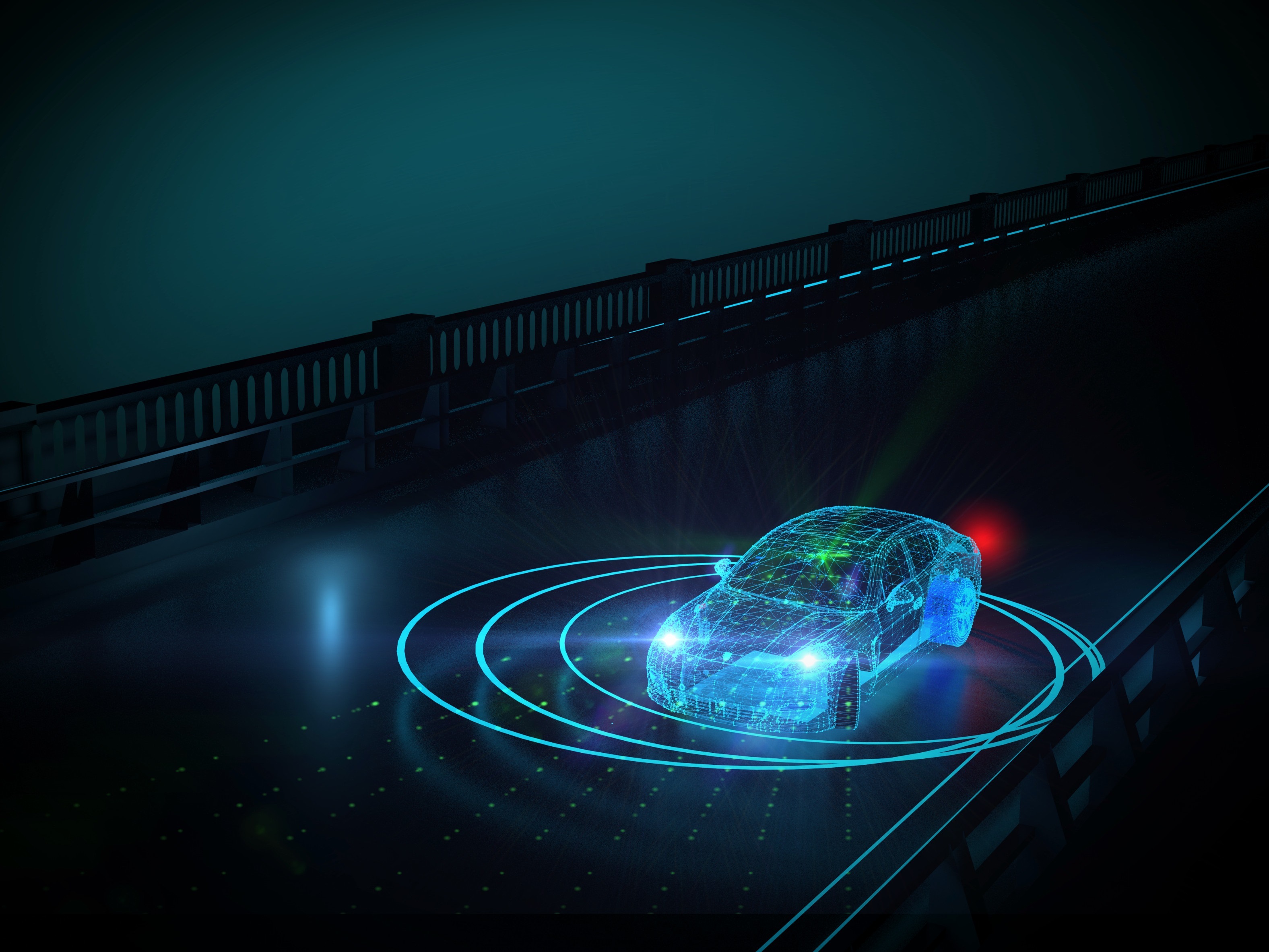Autonomous Technology

Autonomous-driving technology advances, new transportation use cases will emerge, largely driven by factors such as what is transported, type of vehicle ownership, and where the vehicle operates. Use cases drive business models, value chains, and strategic decisions. Asutosh Padhi, a senior partner in McKinsey’s Chicago office, and Philipp Kampshoff, a partner in the Houston office, share the McKinsey Center for Future Mobility’s perspective on how the most prominent autonomous-driving use cases are developing to help executives navigate and stay ahead of upcoming changes.

What is an Autonomous Car?

An autonomous car is a vehicle capable of sensing its environment and operating without human involvement. A human passenger is not required to take control of the vehicle at any time, nor is a human passenger required to be present in the vehicle at all. An autonomous car can go anywhere a traditional car goes and do everything that an experienced human driver does.

The Society of Automotive Engineers (SAE) currently defines 6 levels of driving automation ranging from Level 0 (fully manual) to Level 5 (fully autonomous). These levels have been adopted by the U.S. Department of Transportation.

An autonomous car is a vehicle capable of sensing its environment and operating without human involvement. A human passenger is not required to take control of the vehicle at any time, nor is a human passenger required to be present in the vehicle at all. An autonomous car can go anywhere a traditional car goes and do everything that an experienced human driver does.

The Society of Automotive Engineers (SAE) currently defines 6 levels of driving automation ranging from Level 0 (fully manual) to Level 5 (fully autonomous). These levels have been adopted by the U.S. Department of Transportation.